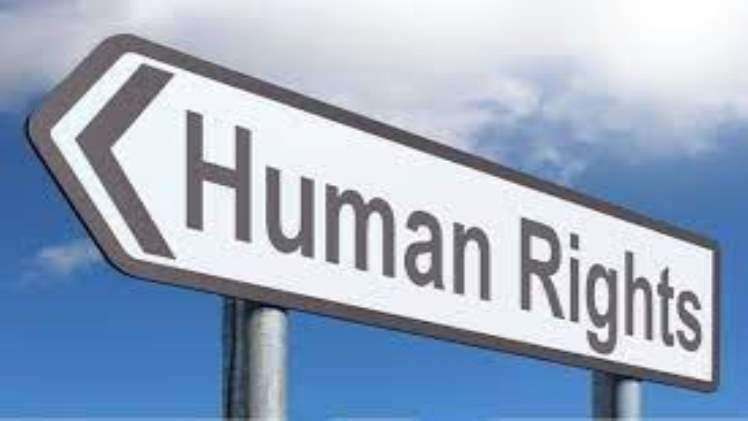What Are Human Rights?

The first international treaties on human rights were drawn up in the 19th century, and their content was largely concerned with issues like slavery, serfdom, and brutal working conditions. These first treaties were based on mutual commitments between states and are still used today, although modern human rights agreements also owe obligations to individual rights holders. This is important to remember, as we’ll see below. But before we can understand these rights, we should first understand what they are.
As the name suggests, human rights are universal and are inseparably linked to the human condition. While some of these rights are inherent to human life, others are suspended or limited. A prison sentence, for example, can revoke a person’s liberty, or a curfew can restrict freedom of movement. However, all of these rights are mutually inclusive, indivisible, and interdependent. In other words, all human beings are entitled to them, and they should be protected.
The idea of inherent human rights has roots in many traditions and cultures. They were not invented in the West; all human societies have a search for justice. However, there are some governments that use the language of human rights to justify their own actions and then criticize other countries for violating those same standards. Such countries are often called double standards, but this is not the case. So, when defining human rights, we must look at the context of each right.

